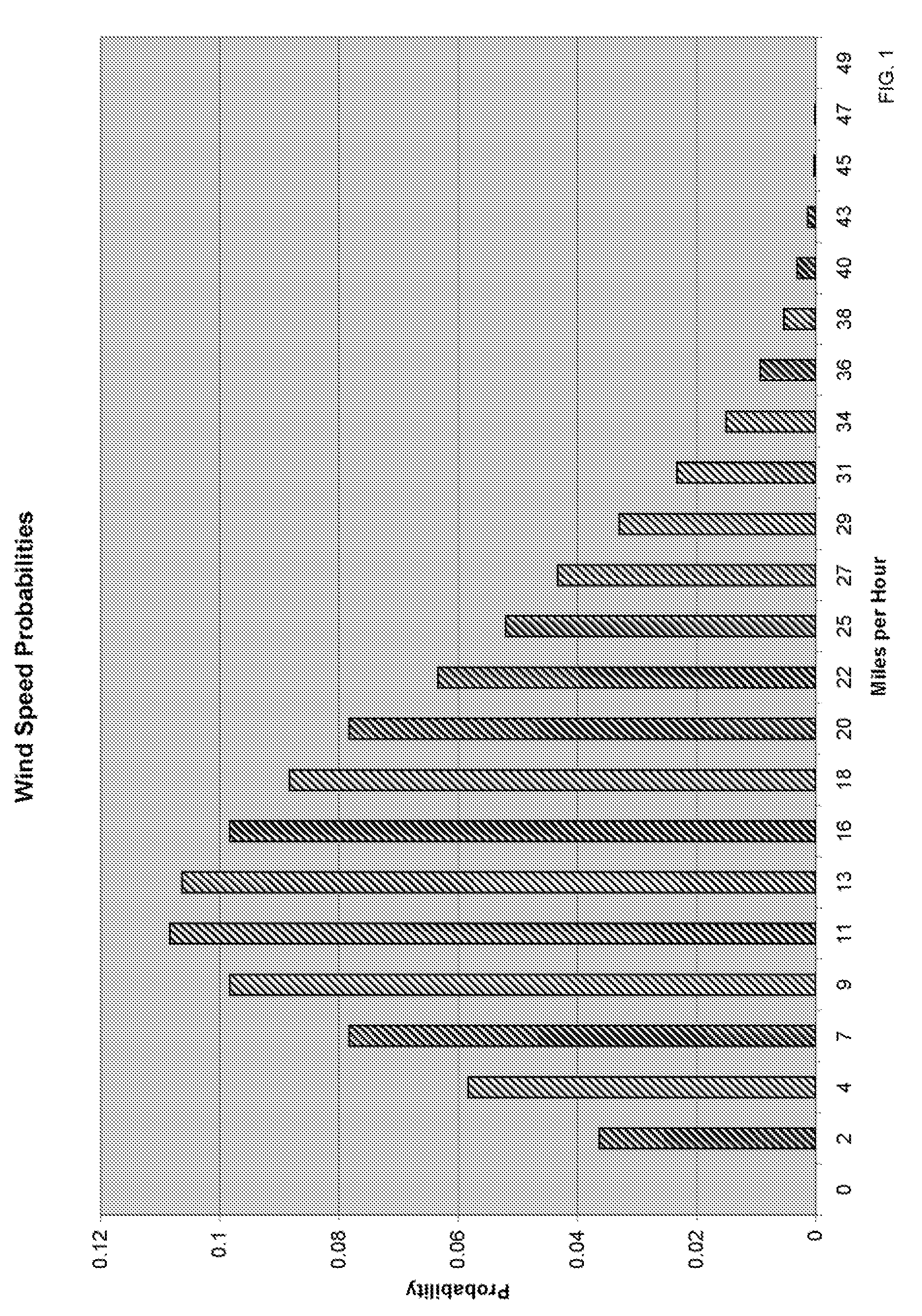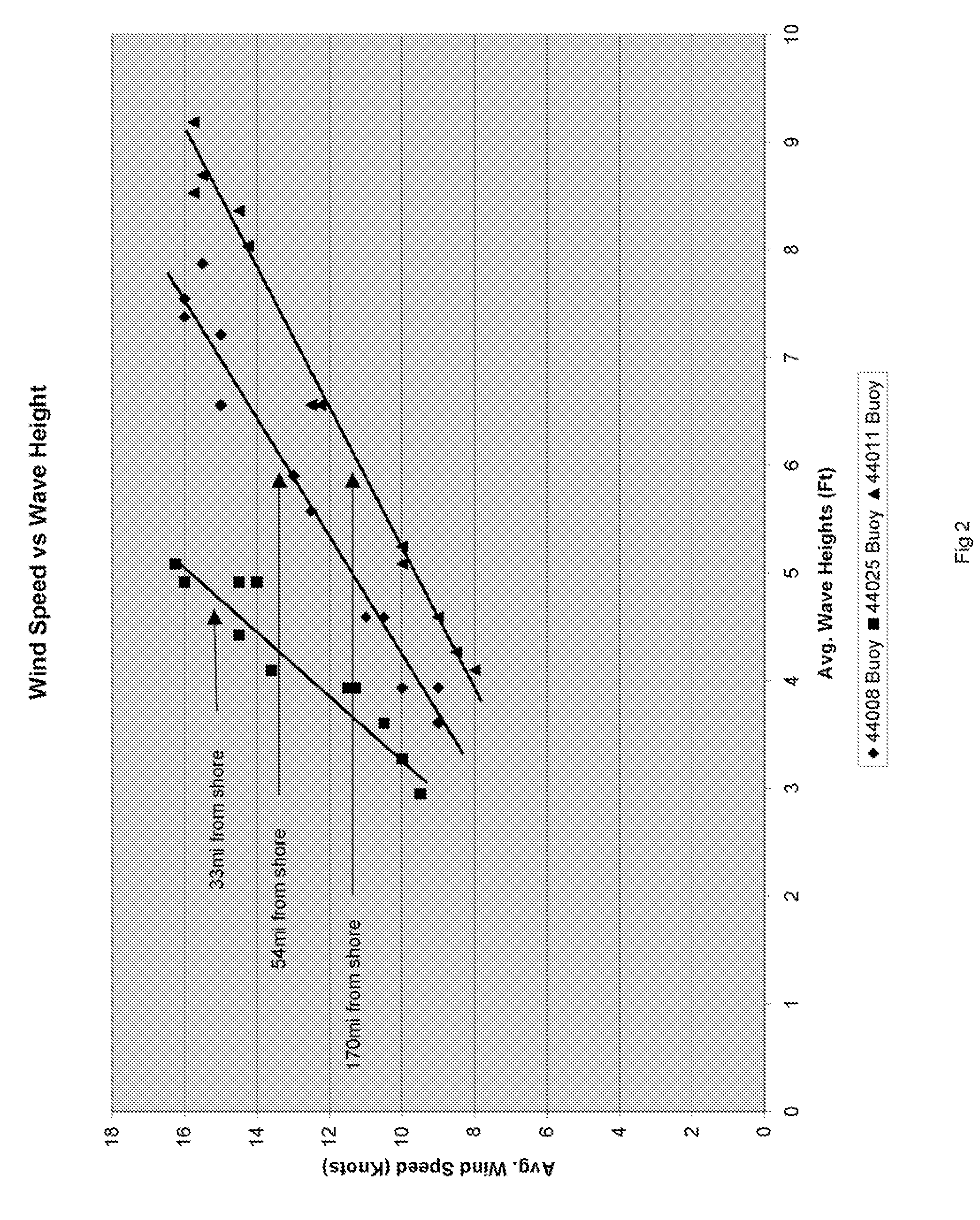Wave Energy Harvesting and Hydrogen-Oxygen Generation Systems and Methods
a technology of hydrogen-oxygen generation and wave energy, applied in the direction of special-purpose vessels, vessel parts, vessel construction, etc., can solve the problems of incongruous wind conditions, increased site limitations for harvesting energy, high land costs and potential political resistance, etc., to maximize kilowatt revenue per kilowatt, minimize moving parts, and maximize kilowatt production per unit
- Summary
- Abstract
- Description
- Claims
- Application Information
AI Technical Summary
Benefits of technology
Problems solved by technology
Method used
Image
Examples
Embodiment Construction
[0075]It will be appreciated that the wave energy harvesting and hydrogen-oxygen generation systems and methods disclosed herein are subject to widely varied embodiments. However, to ensure that one skilled in the art will be able to understand and, in appropriate cases, practice the present invention, certain preferred embodiments of the broader invention revealed herein are described below and shown in the accompanying drawing figures. Before any particular embodiment, of the invention is explained in detail, it must be made clear that the following details of construction, descriptions of geometry, and illustrations of inventive concepts are mere examples of the many possible manifestations of the invention.
[0076]The wave energy conversion concept can be better understood by reference to FIG. 8. There, the vertical action of waves 200 drive a bobber flotation device 12 vertically. The force of the vertical motion can be assumed to be approximately equal to the volume of water dis...
PUM
 Login to View More
Login to View More Abstract
Description
Claims
Application Information
 Login to View More
Login to View More - R&D
- Intellectual Property
- Life Sciences
- Materials
- Tech Scout
- Unparalleled Data Quality
- Higher Quality Content
- 60% Fewer Hallucinations
Browse by: Latest US Patents, China's latest patents, Technical Efficacy Thesaurus, Application Domain, Technology Topic, Popular Technical Reports.
© 2025 PatSnap. All rights reserved.Legal|Privacy policy|Modern Slavery Act Transparency Statement|Sitemap|About US| Contact US: help@patsnap.com



